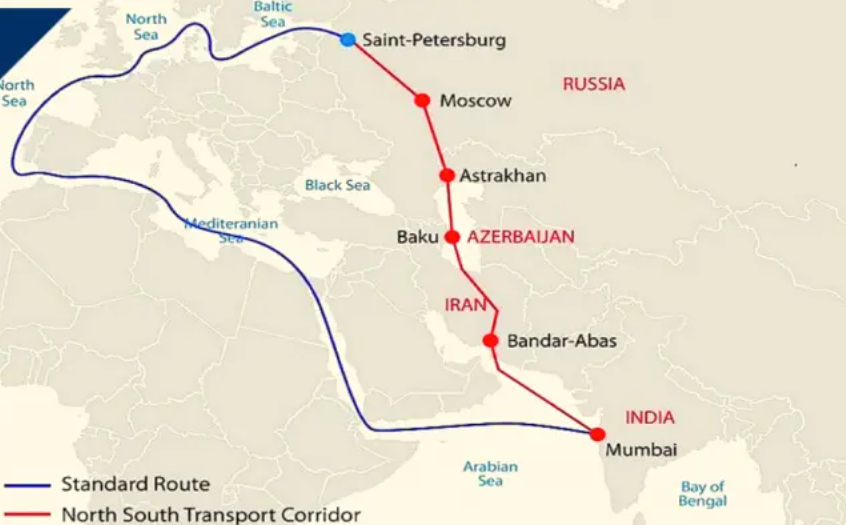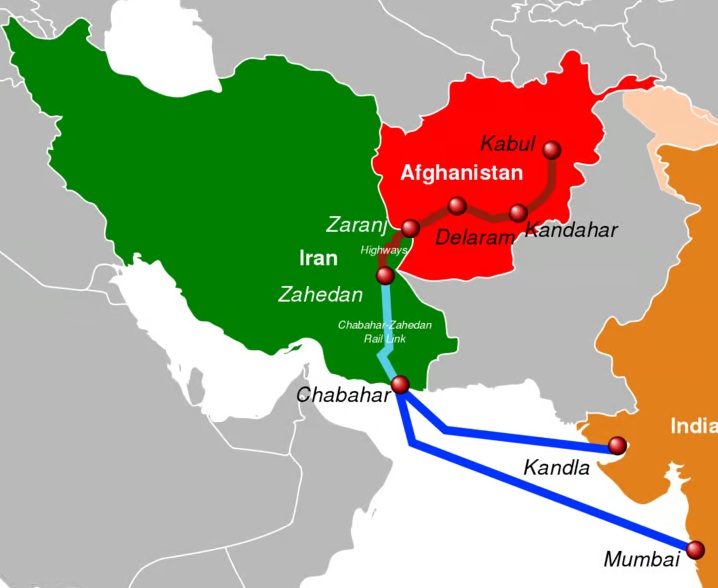On Iran’s southeastern coast sits a game-changing infrastructure project that has quietly reshaped regional power dynamics. Chabahar Port, backed by $500 million in Indian investment, represents Bharat’s most significant strategic maneuver in decades—one that simultaneously advances India’s interests while undermining the regional ambitions of both China and Pakistan.
India’s Strategic Windfall
For India, Chabahar delivers three critical advantages that justify its substantial investment:
1. Pakistan Bypass: The port creates India’s first reliable trade route to Afghanistan that completely circumvents Pakistani territory. Since India began operating Chabahar’s terminal in 2018, Indo-Afghan trade has increased by 30%, with transport costs reduced by 60% compared to Pakistani routes.
2. Central Asian Access: Beyond Afghanistan lies the true prize—the resource-rich markets of Central Asia. Chabahar connects to the International North-South Transport Corridor (INSTC), potentially increasing India’s trade with these nations from $2 billion to $15 billion within a decade.
3. China Counterbalance: Just 172 kms west of Chabahar stands Pakistan’s Gwadar Port—operated by China under a 43-year lease and a key node in Beijing’s String of Pearls strategy. Chabahar establishes an Indian presence directly adjacent to this Chinese facility, complicating Beijing’s regional calculations.
Adversaries’ Setbacks
Chabahar’s development has imposed significant costs on India’s regional rivals:
Pakistan’s Losses: The diversion of Afghan trade to Chabahar costs Pakistan approximately $90-100 million annually in transit fees. More damaging is Pakistan’s diminished leverage over Afghanistan, as Kabul now has an alternative access route to global markets.
Intelligence sources have noted increased activity by Pakistan-backed militant groups in the province where Chabahar is located. A December 2023 bombing near the port killed 12 people—bearing hallmarks of groups previously linked to Pakistani intelligence services.
China’s Complications: India’s Chabahar investment directly challenges China’s port strategy across the Indian Ocean. It undermines the exclusivity of China’s Gwadar investment, strengthens India-Iran relations at China’s expense, and provides Central Asian nations with leverage in their negotiations with Beijing.
China has reportedly offered Iran alternative financing for the 628-kilometer Chabahar-Zahedan railway in exchange for reduced Indian involvement—a proposal Tehran has thus far resisted.
Outmanoeuvring Sanctions
Despite intense pressure, India secured a special waiver for Chabahar Port from U.S. sanctions on Iran—a diplomatic triumph that created a legitimate channel for investment despite broader restrictions. This exemption frustrated efforts to completely isolate Tehran economically while demonstrating India’s diplomatic flexibility.
The February 2025 joint naval exercises conducted by Iran, Russia, and China near Chabahar highlighted the port’s military dimension. While India wasn’t invited to participate, the potential for future Indian naval access near Gwadar threatens to complicate China’s maritime security calculations and stretch Pakistan’s naval resources.
Chabahar represents India’s evolution as a strategic actor capable of projecting influence beyond its immediate neighbourhood. It demonstrates that in the infrastructure-driven geopolitics of the 21st century, ports and railways may matter more than traditional military deployments.
Chabahar Port is a highly viable project, it is only six days journey by fast ships from Kandla Port which is one of the largest government-owned port, responsible for the import of hydrocarbon resources and fertilizers. This port is also nearest from the largest Indian private Mundra Port, similar time is taken from Mundra to Chabahar Port which handles one of the largest amounts of containers and bulk mineral services.
Despite facing funding constraints and security concerns, India’s development of Chabahar has secured a strategic foothold that alters regional dynamics in its favour while imposing costs on adversaries—proving that in modern geopolitics, connectivity is power.


